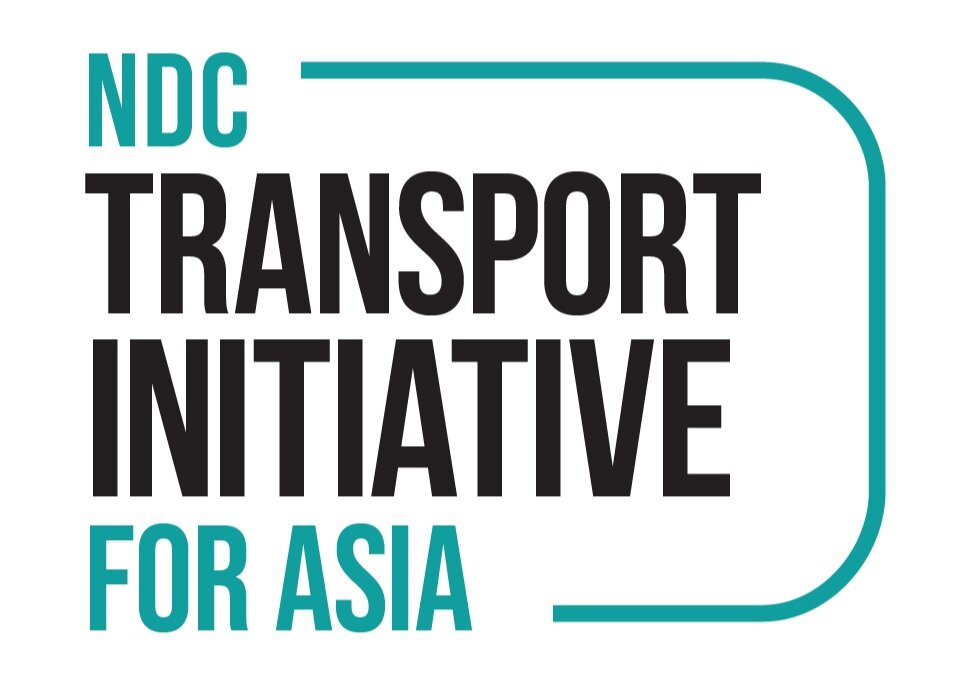BLOG: What’s the “business as usual” future for road transport in India?
Photo: Malhar Garud/Unsplash
This is the second in ICCT’s blog series focused on their meta-study of India’s road transport emissions analyses.
It’s not hard to predict that if India continues as is, it will mean an unabated rise in vehicular activity. Large quantities of fossil fuel will be burned and it will generate massive amounts of CO2 emissions. Indeed, our analysis of the Business as Usual (BAU) scenarios of the models detailed in the first blog, which mostly project energy and CO2 emissions considering only current trends and policies and expecting no further policy action, shows they all paint a grim picture of India’s road transport sector, without contradiction.
To view full blog click here.

